Family vehicles have come a long way from the station wagon days with wood paneling. Today’s family vehicles are not just about getting from here to there—they are about doing it in style, safety, and comfort. Over the years, certain vehicles have set new standards, forever changing how we think about family transportation. These 20 cars have redefined what it means to be a family vehicle, earning their status as authentic “family fortresses.”
Ford Model T (1908-1927)
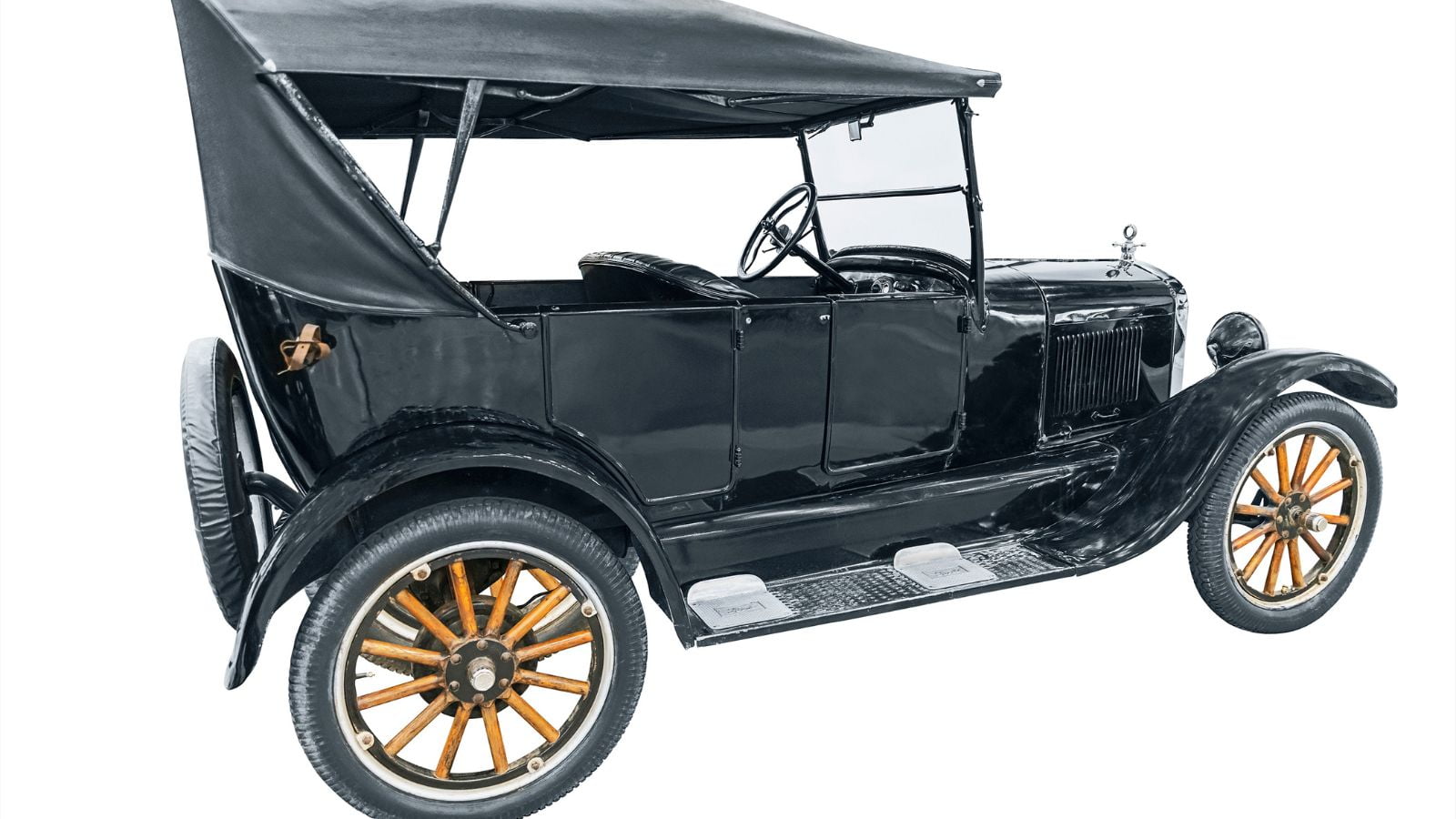
Before SUVs and minivans, there was the Ford Model T. Although it didn’t have seat belts or airbags (heck, it barely had windows), it was the first car to be mass-produced, making it affordable for the average family. With its spacious interior (by 1908 standards), the Model T was the first car to become a staple in American households. The concept of a family car began here, with the Model T carrying families across town, country, and eventually into the history books.
Chevrolet Suburban (1935-present)
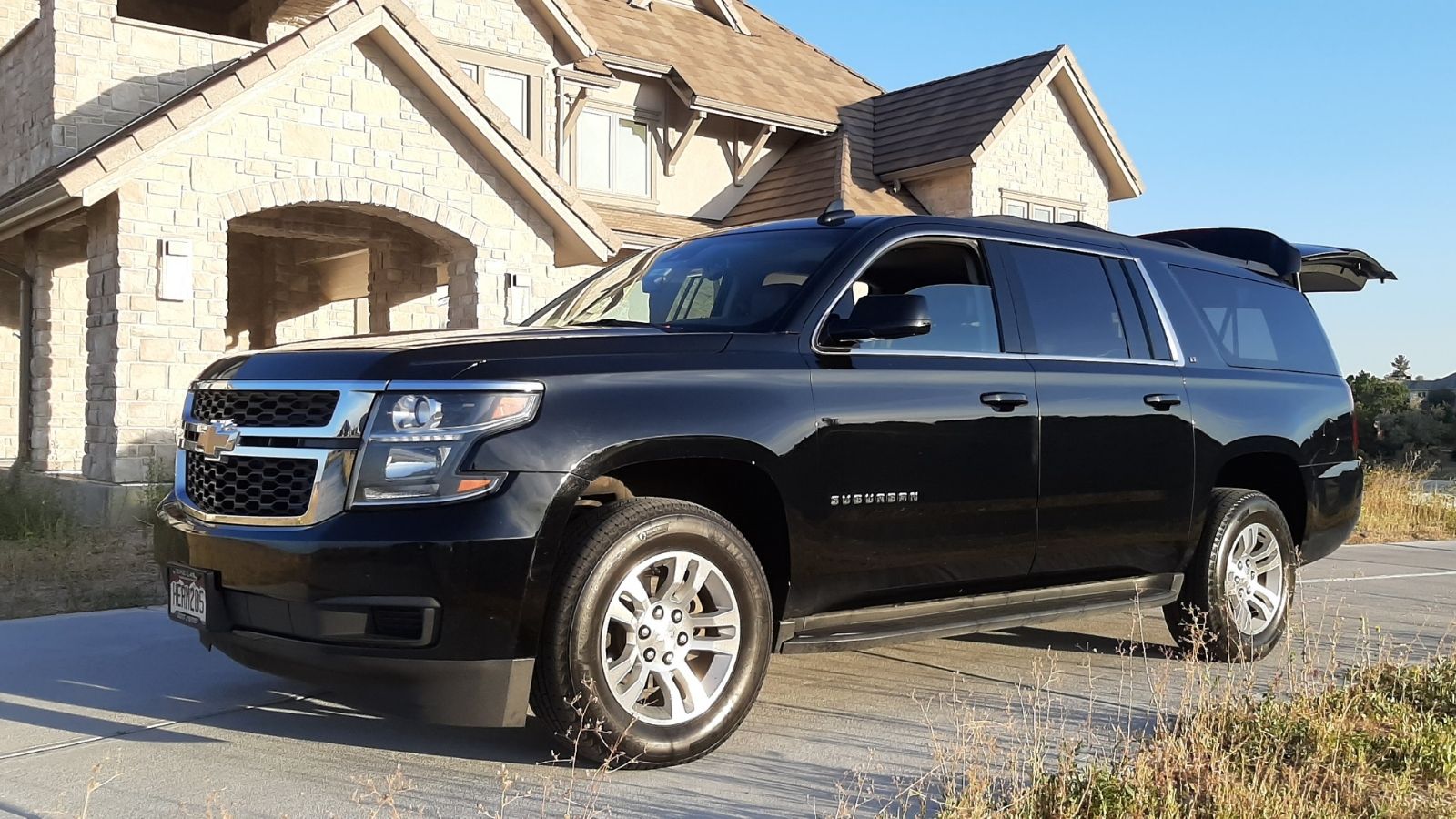
The Chevrolet Suburban has been around longer than any other vehicle nameplate, and there’s a reason for that. Starting as a truck-based wagon, the Suburban has evolved into a giant on the road, providing unparalleled family space. Need to haul eight kids, a dog, and luggage for a week? The Suburban’s got you covered. Over the decades, it’s become the go-to vehicle for large families, redefining the family vehicle as something that doesn’t just carry people but everything and the kitchen sink.
Volkswagen Type 2 (1950-1967)

Also known as the VW Bus or Microbus, this iconic van became a symbol of the counterculture movement and a beloved family vehicle. Introduced in 1950, this rear-engine van was based on the VW Beetle’s platform, featuring a distinctive, rounded shape with large windows. The Type 2 was also available in various configurations, including the Kombi (a basic van), the Samba (a deluxe model with a distinctive split windshield and 23 windows), and the Camper (equipped with a foldable bed and kitchenette).
Ford Country Squire (1950-1991)
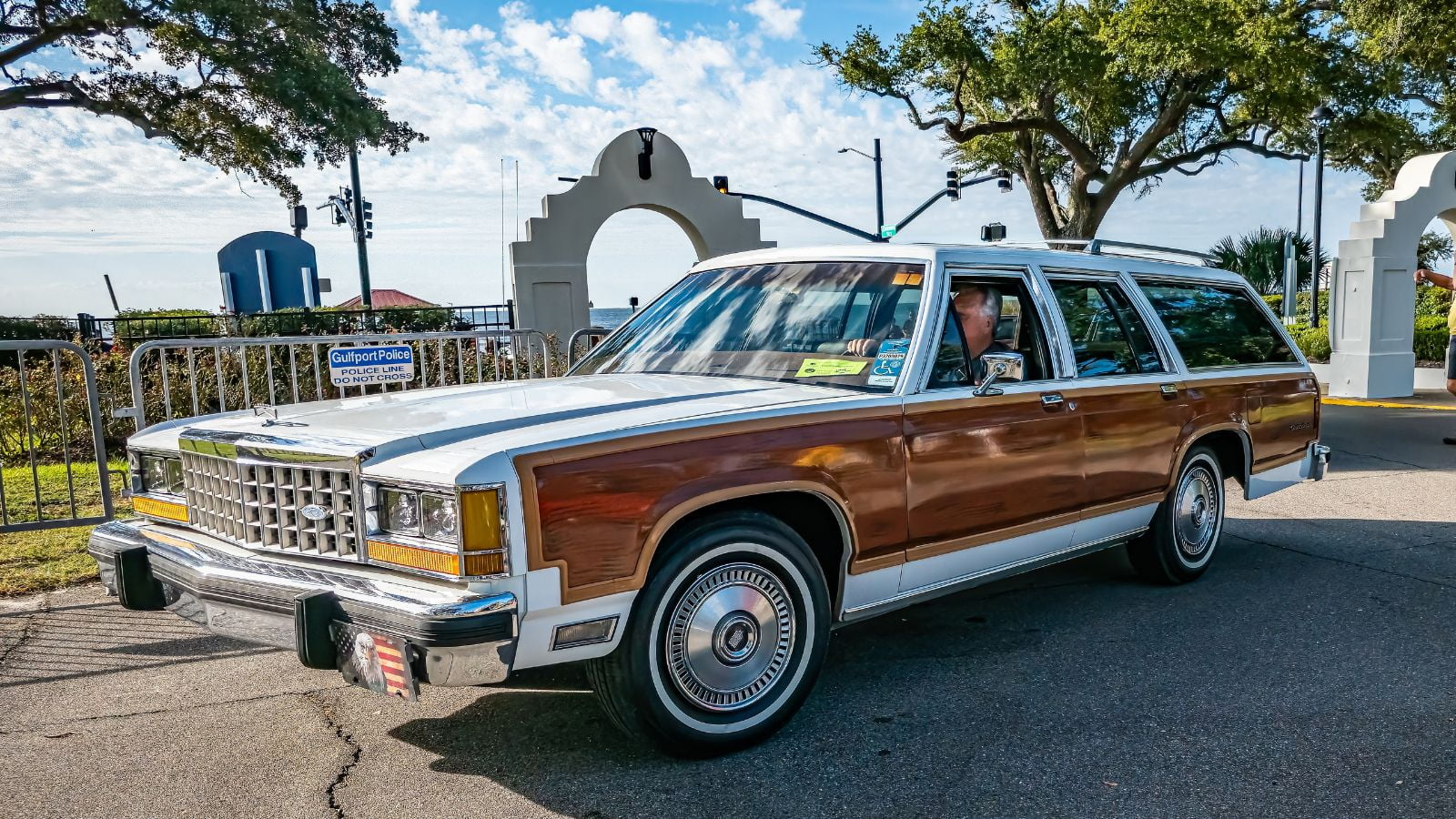
The Ford Country Squire, produced from 1950 to 1991, was the quintessential American family station wagon, renowned for its “woodie” paneling. This iconic vehicle was designed to meet the needs of growing post-war families, offering seating for up to nine passengers. The model evolved significantly over four decades, incorporating advancements like air conditioning, power windows, and, by the 1970s, emissions controls. The Country Squire was often equipped with Ford’s V8 engines, ensuring it could handle the heavy loads of a large family and their luggage.
Chrysler Town & Country (1941-2016)

When Chrysler introduced the Town & Country as a luxury minivan in 1989, it was a game-changer. Originally debuting as a wood-paneled station wagon, it transitioned to a minivan in 1990, becoming a pioneer in the minivan segment. The Town & Country offered innovative features like Stow ‘n Go seating, which allowed seats to fold into the floor for additional cargo space—perfect for family road trips. Safety features, such as side-curtain airbags and rearview cameras, were also ahead of their time, making it a top choice for safety-conscious parents.
Honda Odyssey (1994-present)

The Honda Odyssey has been a family favorite since its debut in the mid-1990s. The Odyssey’s design has evolved, with significant improvements in cargo space, interior technology, and fuel efficiency. Notable features include Honda’s Magic Slide® seats, allowing easy access to the third row, and the HondaVAC®, a built-in vacuum cleaner in higher trims, perfect for cleaning up after kids. The Odyssey also redefined the family vehicle by proving that a minivan could be practical and technologically advanced, making long trips with kids not only bearable but downright enjoyable.
Toyota Sienna (1997-present)

Toyota’s answer to the minivan, the Sienna, has been a stalwart in the family vehicle segment for over two decades. Its most significant redefinition came when it was the only minivan with all-wheel drive (AWD), making it the go-to vehicle for families in snowy or hilly regions. The 2004 redesign introduced a more powerful V6 engine and a more refined cabin, enhancing comfort and the driving experience. The 2021 model introduced a hybrid powertrain that offered 36 mpg combined.
Volvo 240 (1974-1993)
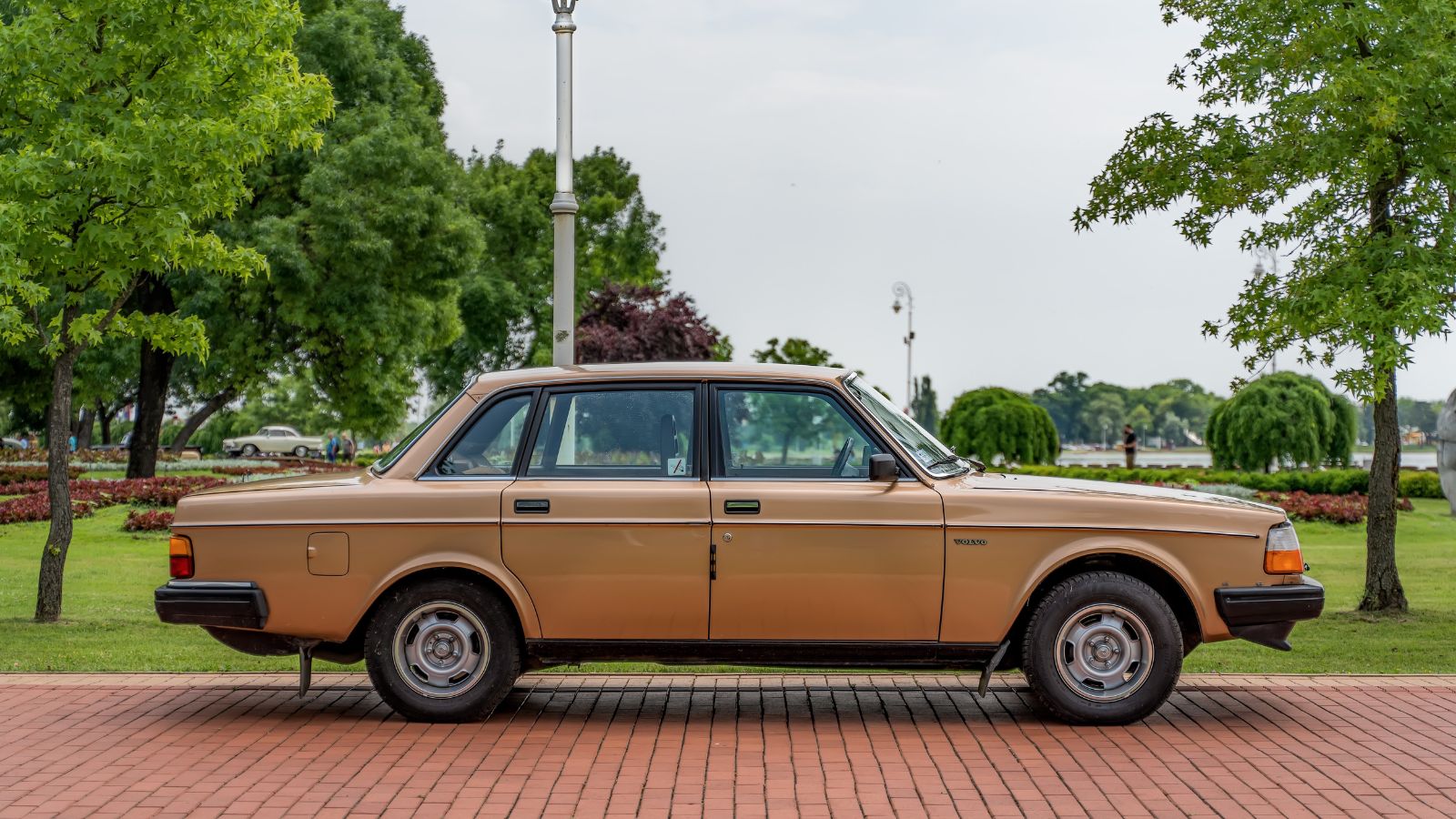
It was all about safety before Volvo became synonymous with sleek Scandinavian design. The Volvo 240 is the car that put the brand on the map in the US, thanks to its tank-like build and advanced safety features for the time, like crumple zones and side-impact protection. The 240 also came with various engines, from the fuel-efficient 2.1-liter inline-four to a more powerful 2.3-liter version, balancing performance and economy. With its durable construction, many 240s surpassed 200,000 miles, adding to its appeal as a long-term investment for families. Families flocked to the 240 because it offered peace of mind in an era when car safety was still an afterthought.
Honda CR-V (1995-present)

The Honda CR-V was one of the first compact SUVs to hit the market, offering a smaller, more manageable option for families who didn’t need a full-sized SUV. Initially designed as a “Comfortable Runabout Vehicle,” the CR-V offers a spacious interior, making it perfect for families. Over the years, Honda has also packed the CR-V with family-friendly features such as advanced driver-assistance systems (Honda Sensing), multiple airbags, and child safety locks. Its reputation for fuel efficiency and a comfortable ride enhances its appeal as a daily family hauler.
Dodge Caravan (1984-2020)

When it debuted in 1984, the Dodge Caravan was a revelation—a car that could carry seven people and all their stuff without the bulk of a station wagon or the fuel-guzzling tendencies of a full-sized van. Over the years, the Caravan evolved, incorporating practical features like Stow ‘n Go seating (2005) and Uconnect infotainment (2007), enhancing convenience and connectivity. By the end of its production in 2020, it had become a benchmark for minivans, valued for its adaptability and family-centric design.
Jeep Grand Cherokee (1992-present)
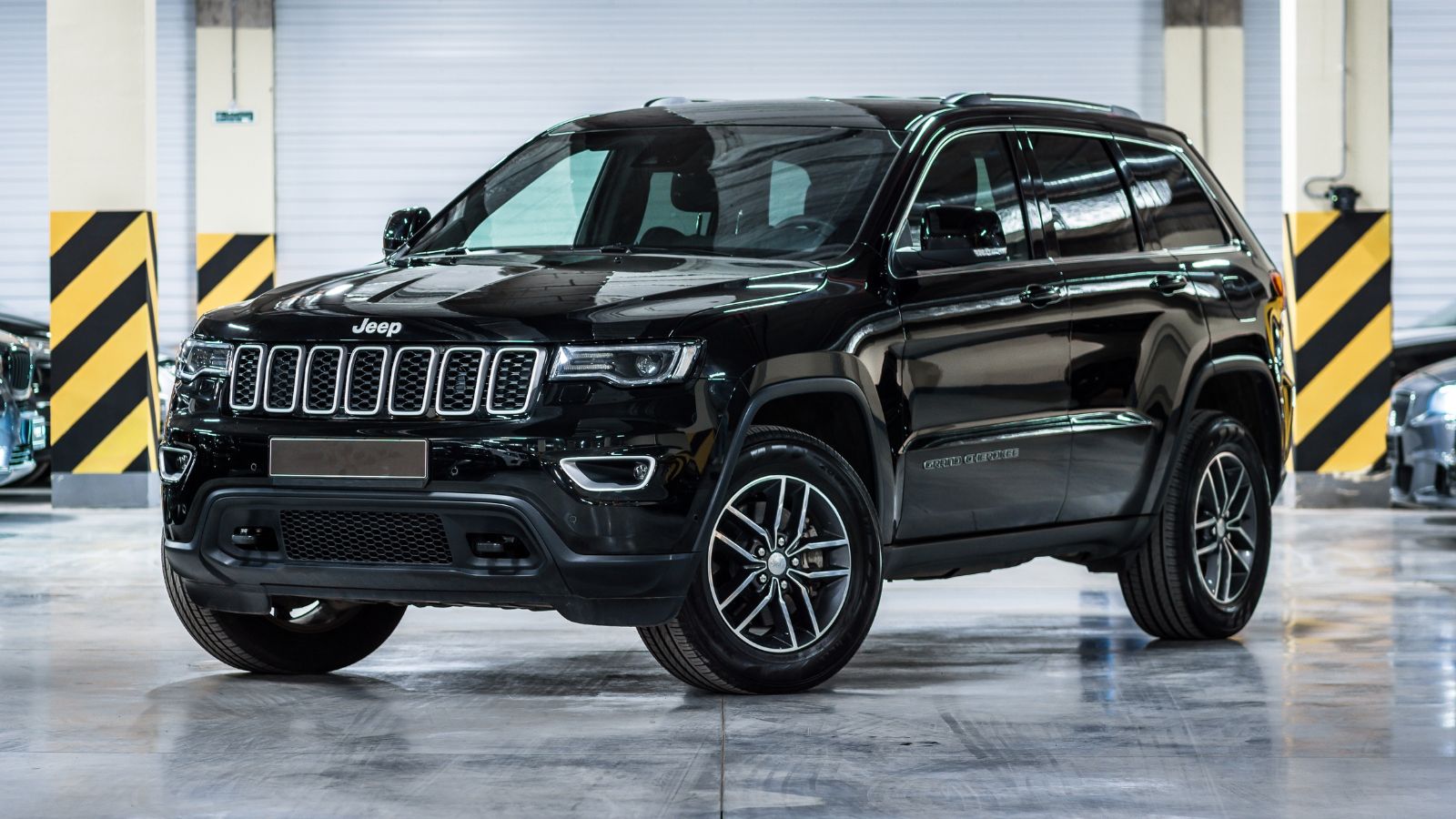
When the Jeep Grand Cherokee first rolled off the assembly line, it offered off-road capability and luxury, a rarity in its time. The original Grand Cherokee had a 4.0 L AMC-derived straight-six engine with 190 horsepower. Later, the fourth generation (2011-2020) saw significant enhancements, including advanced driver assistance systems, a refined interior with premium materials, and optional V8 engines for more power. However, the current fifth generation (2021-present) continues this trend, offering state-of-the-art tech, luxurious interiors, and enhanced safety features.
Chevrolet Tahoe (1995-present)
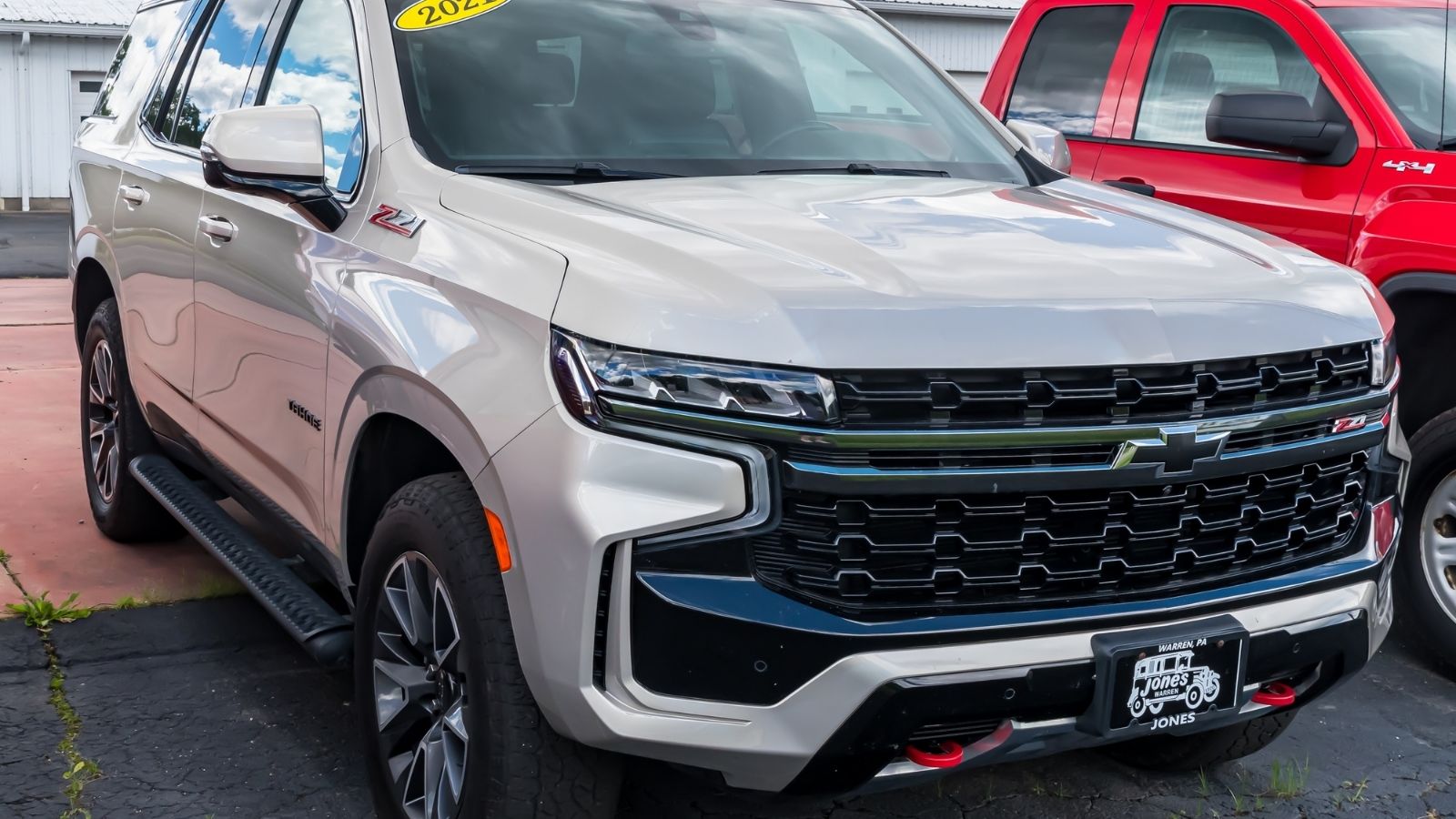
Since its debut in 1995, the Chevrolet Tahoe has evolved into a popular family vehicle known for its spaciousness and robust performance. Initially launched as a successor to the Blazer, the Tahoe quickly became favored for its roomy interior, which could seat nine passengers in its earlier models. In its most recent iteration, the Tahoe offers advanced driver assistance systems, including adaptive cruise control and automatic emergency braking, making it a reliable choice for families. The 2021 model, for instance, also includes a 10.2-inch touchscreen infotainment system and an optional 6.2-liter V8 engine, combining power with luxury.
Subaru Outback (1994-present)
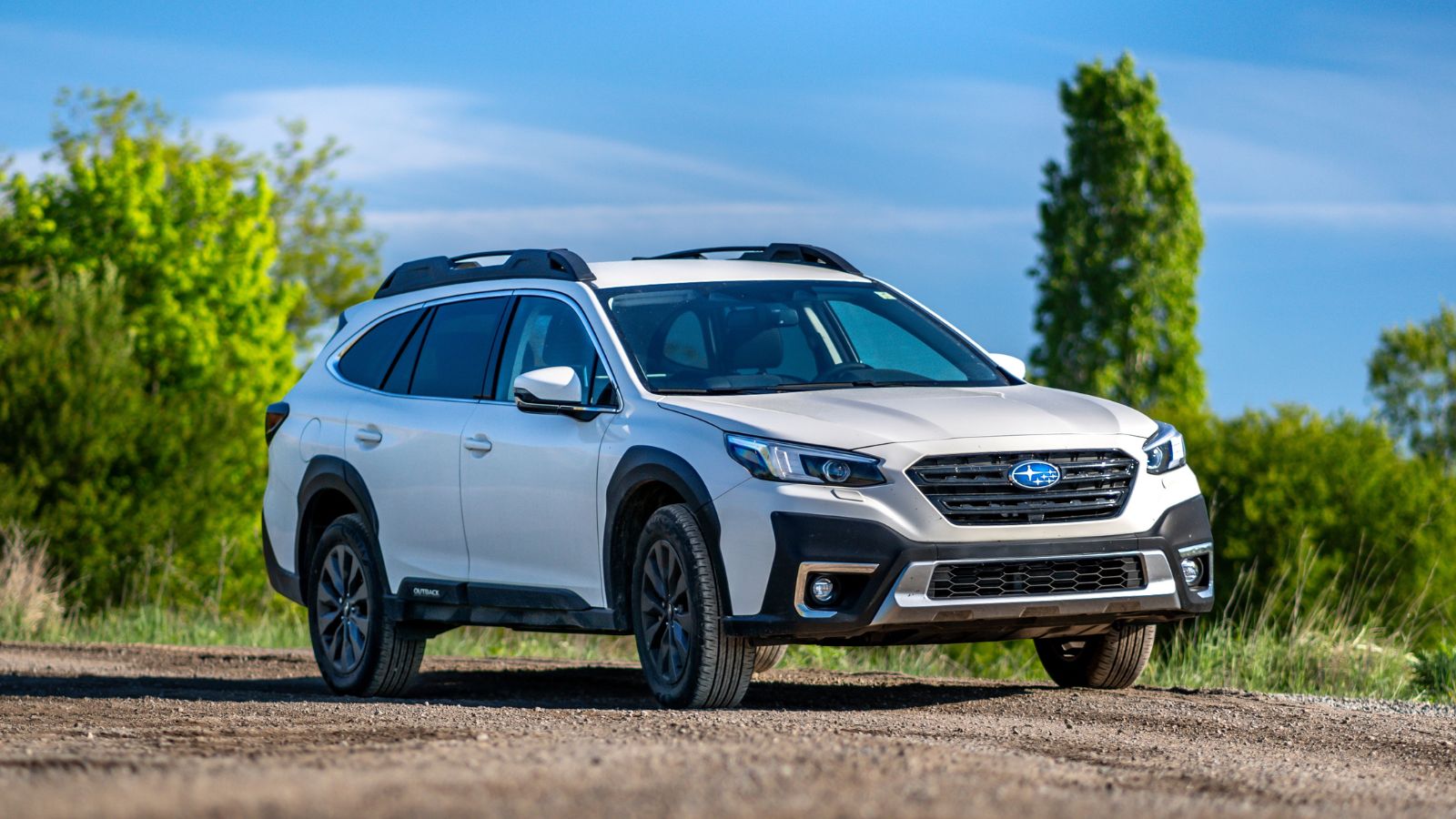
A Legacy-based crossover station wagon that’s been in production since 1994. The Outback is known for its compact body, all-wheel drive, and safety features. The latest models have a bold exterior with a large front grille, enlarged bumpers, and a flat roofline. They also have Subaru Eyesight, Subaru StarLink, and an 11.9-inch touchscreen. Its symmetrical all-wheel drive also ensures stability in adverse conditions, a key advantage for families. Also, the Outback has consistently earned high safety ratings from organizations like the IIHS, reinforcing its reputation as a dependable family car.
Tesla Model X (2015-present)
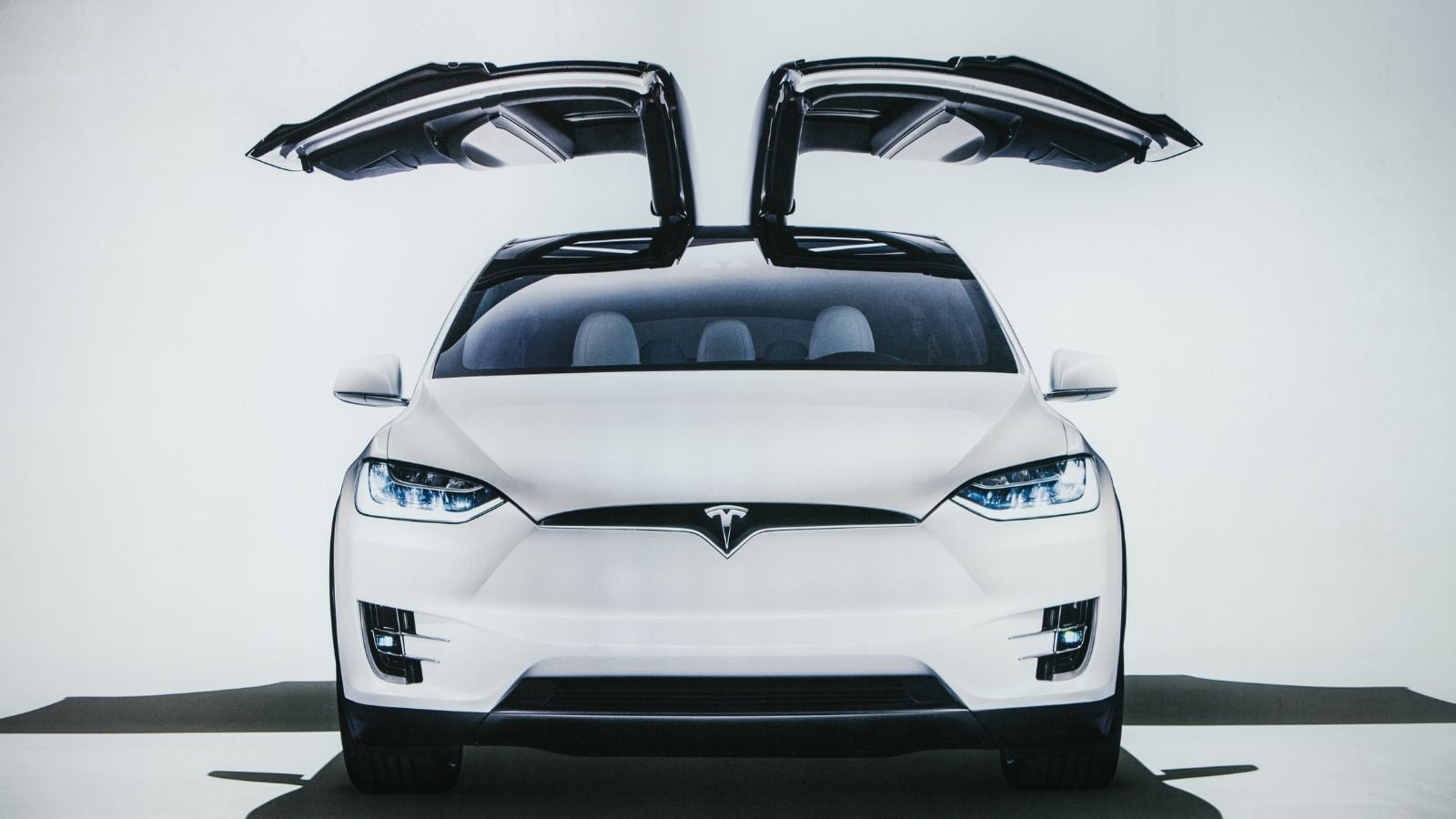
The Tesla Model X is a game-changer in every sense of the word. It’s the first all-electric SUV that offers seating for seven, falcon-wing doors, and a 0-60 time that rivals some sports cars. But it’s not just about performance; the Model X also offers advanced safety features, an impressive range, and the ability to use Tesla’s Supercharger network. Additionally, the Model X’s Autopilot system supports semi-autonomous driving, enhancing convenience on the road. The combination of cutting-edge technology, ample space, and safety features makes it a preferred family choice.
Toyota Highlander (2001-present)
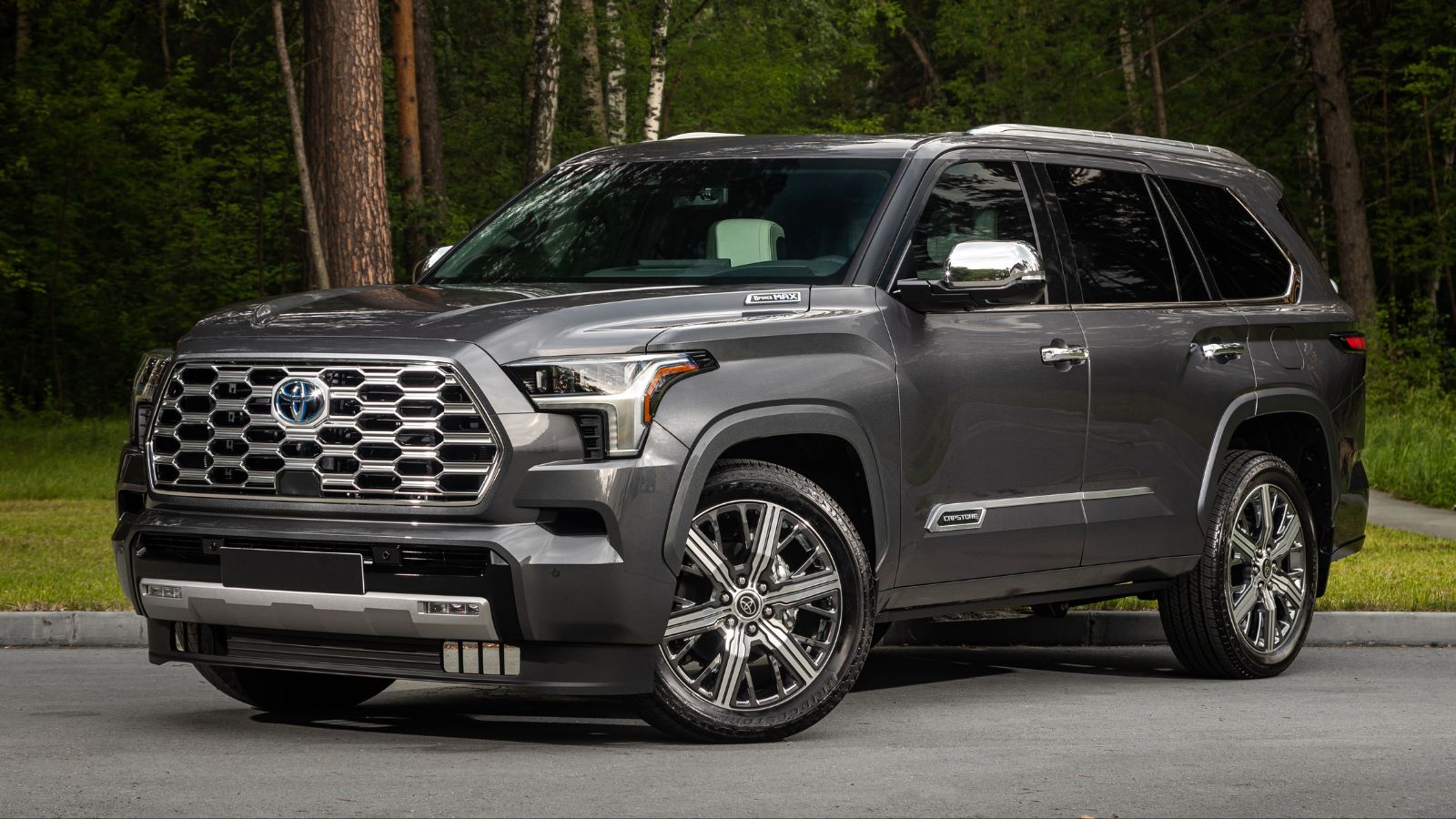
The Toyota Highlander has been a staple in the midsize SUV segment, offering a more car-like driving experience without sacrificing space or capability. The third-generation Highlander emphasized comfort with upscale interior materials and improved technology, including a standard touchscreen infotainment system. The fourth generation (2020-present) further refines the Highlander with a hybrid powertrain option, increased cargo space, and advanced driver-assistance features like adaptive cruise control and lane-keeping assist.
Ford Explorer (1990-present)
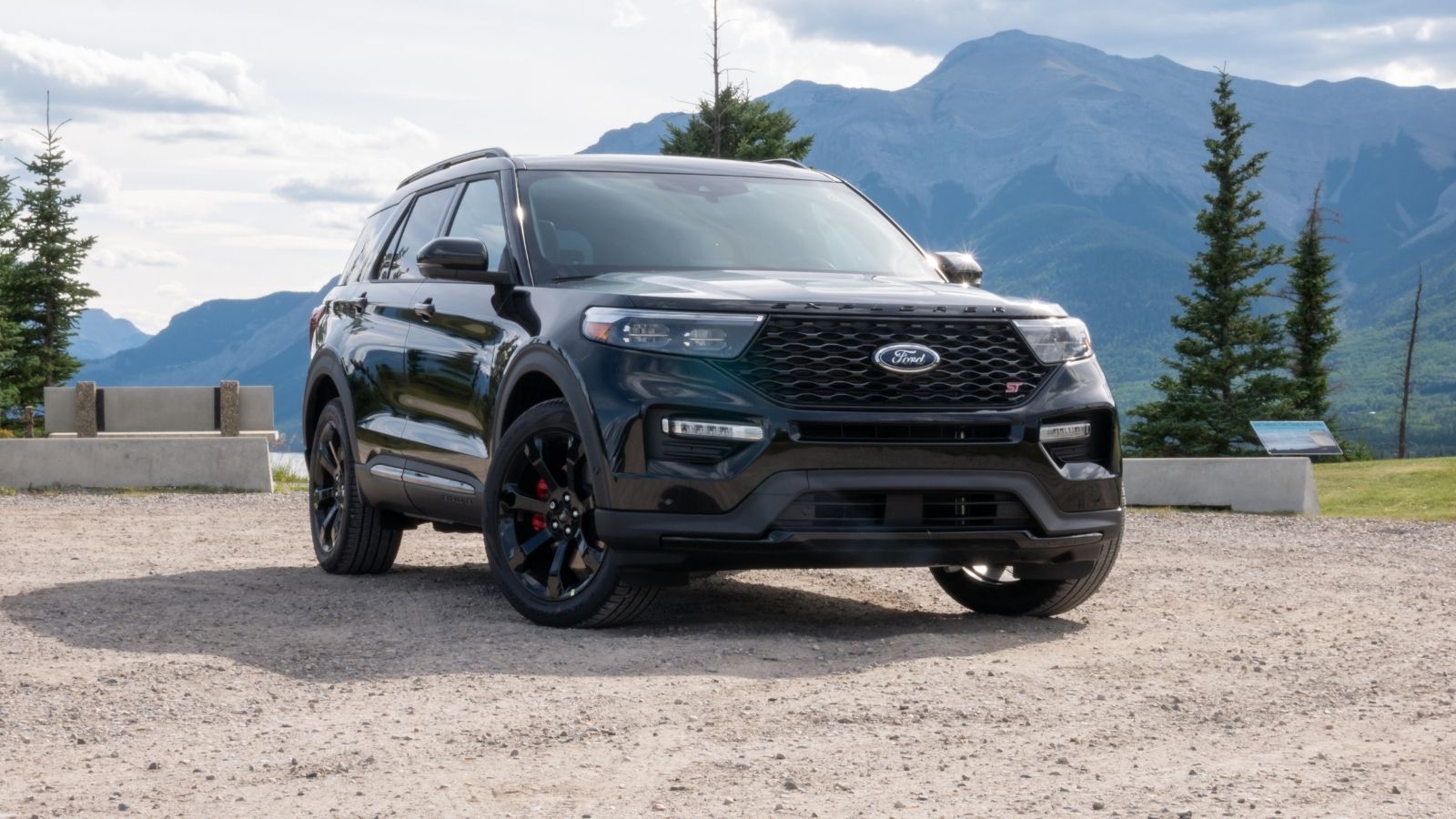
The Ford Explorer was one of the first SUVs to be marketed directly to families, and it hit the nail on the head. The Explorer offered three rows of seating, with the third row being adjustable to maximize cargo capacity. It came with various tech features, including a standard 8-inch touchscreen, Apple CarPlay, and Android Auto. Higher trims added advanced options like adaptive cruise control and a 360-degree camera system. For performance, it offered a choice of engines, including a turbocharged four-cylinder and a V6, providing a balance between power and fuel efficiency. Plus, the Explorer’s robust build and advanced safety technology make it a reliable choice for families on the go.
BMW X5 (1999-present)
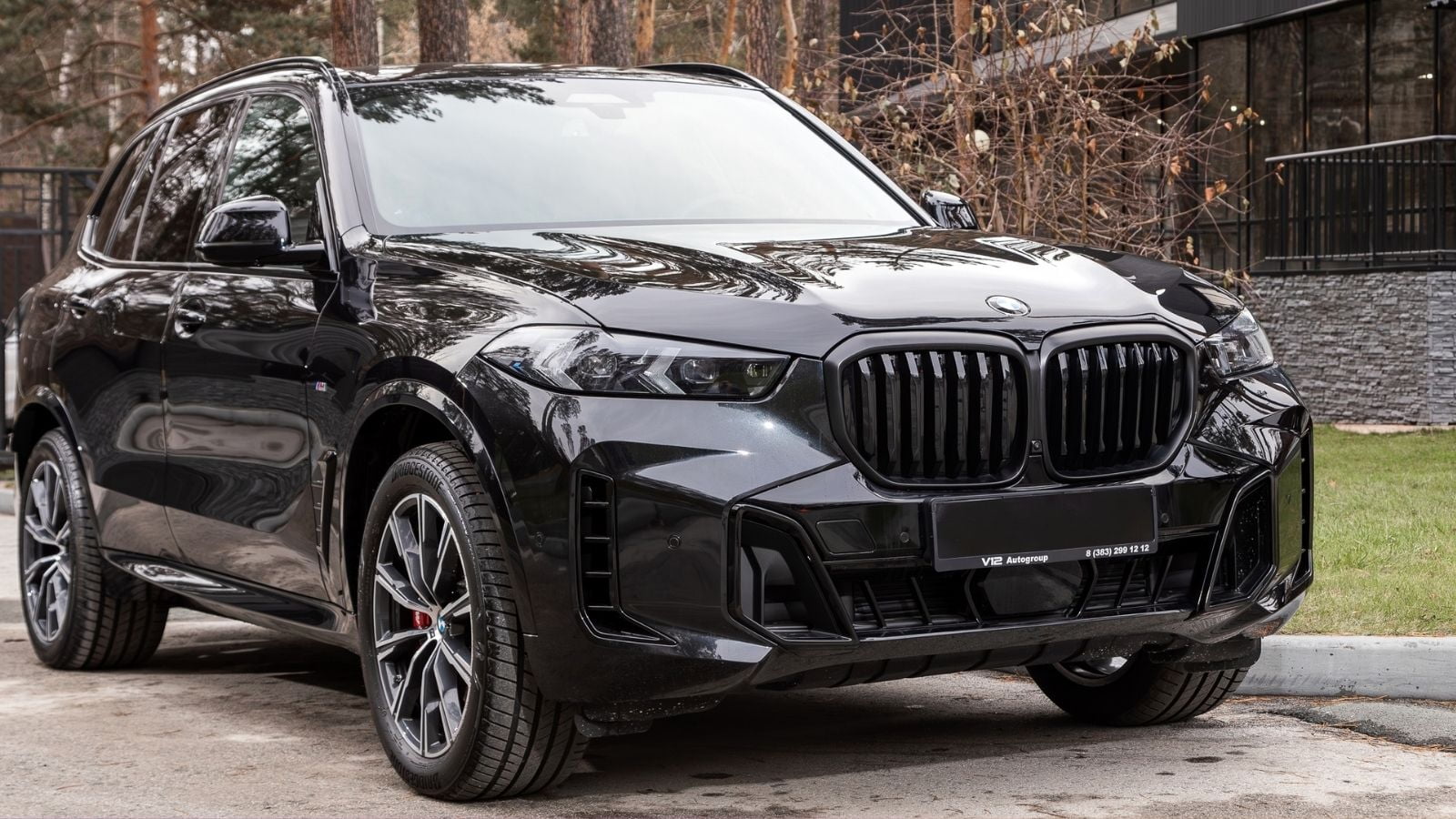
When BMW introduced the X5, it was a revelation—a luxury SUV that handled like a sports sedan. The X5 featured a high-quality, customizable cabin with leather upholstery and advanced technology, including a user-friendly infotainment system with Apple CarPlay and Android Auto integration. It also provided ample cargo space, with up to 72.3 cubic feet when the rear seats were folded. The X5 set the stage for the explosion of luxury SUVs that followed.
Mazda5 (2005-2015)
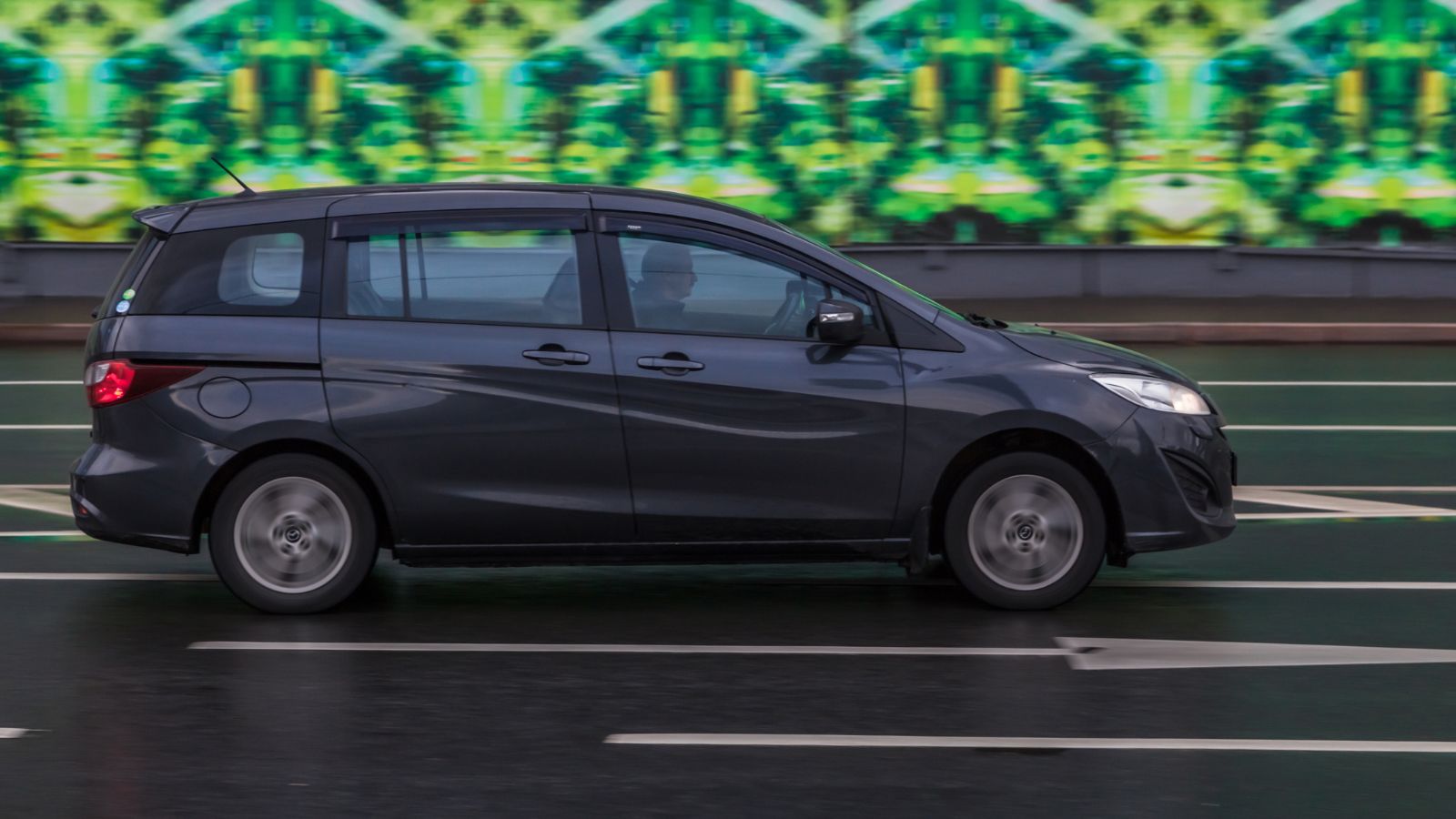
The Mazda5 was an oddball in the automotive world, a mini minivan with sliding doors and seating for six. Its standout design element was the “freestyle” sliding doors, which enhanced ease of access in tight parking spaces. The interior accommodated up to six passengers across three rows, featuring a flexible seating arrangement with a 2+2+2 layout. This configuration allowed for multiple cargo and passenger arrangements, enhancing versatility. The Mazda5 was also powered by a 2.5-liter four-cylinder engine, delivering adequate performance while maintaining fuel efficiency. In short, the Mazda5 redefined the family vehicle by offering an alternative for families who didn’t need a full-size minivan but still wanted something with the same versatility and ease of use.
Kia Telluride (2019-present)
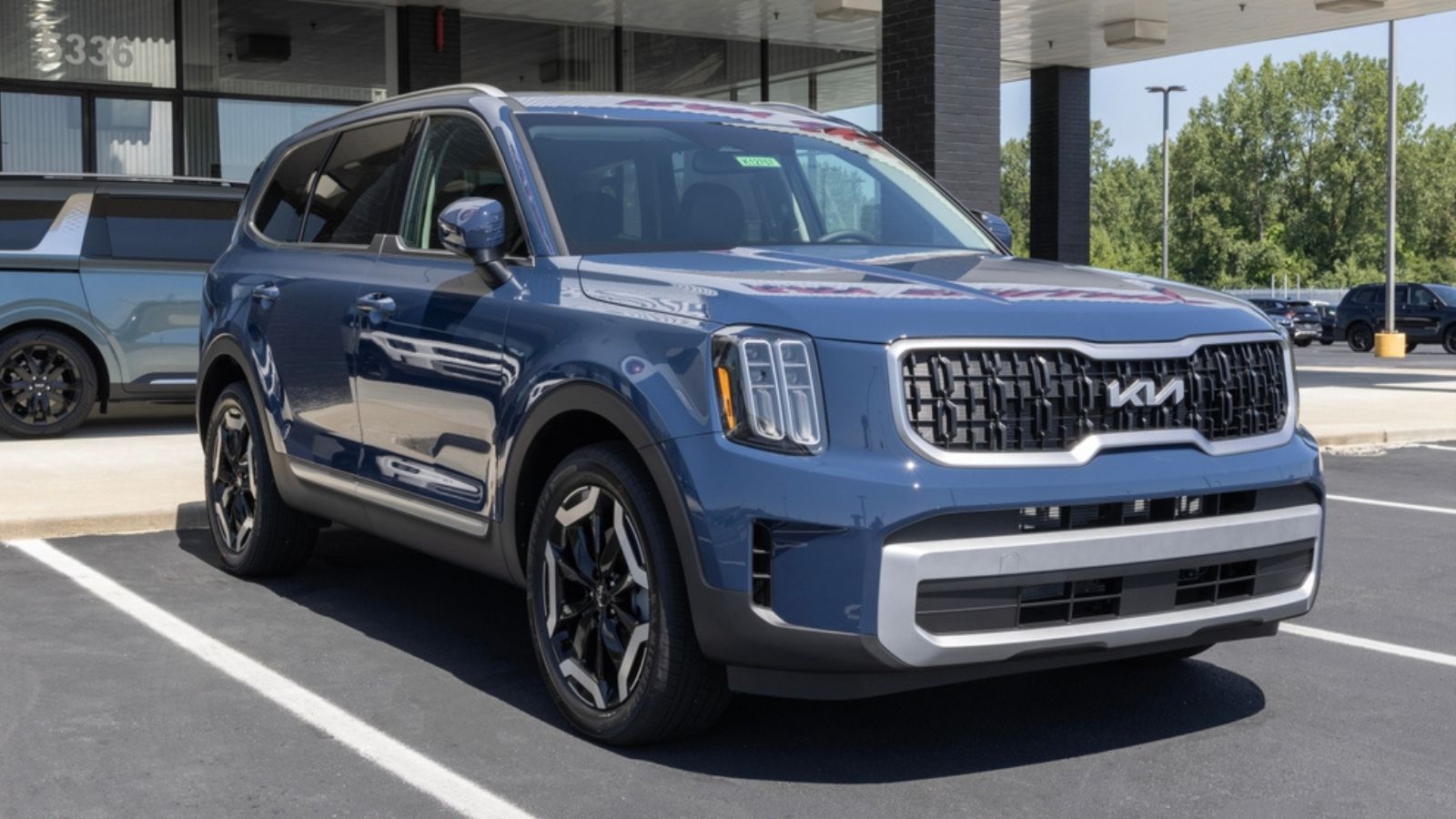
The Kia Telluride came out of nowhere to become one of the most popular family vehicles. A 3.8-liter V6 engine producing 291 horsepower provides ample power while maintaining reasonable fuel efficiency for its class. The vehicle also boasts 21 cubic feet of cargo space behind the third row, expandable to 87 cubic feet with the seats folded. This space, safety, and performance blend makes the Telluride a top choice for family travel. The Telluride has quickly become the new benchmark in the three-row SUV segment.
Toyota Prius V (2011-2017)
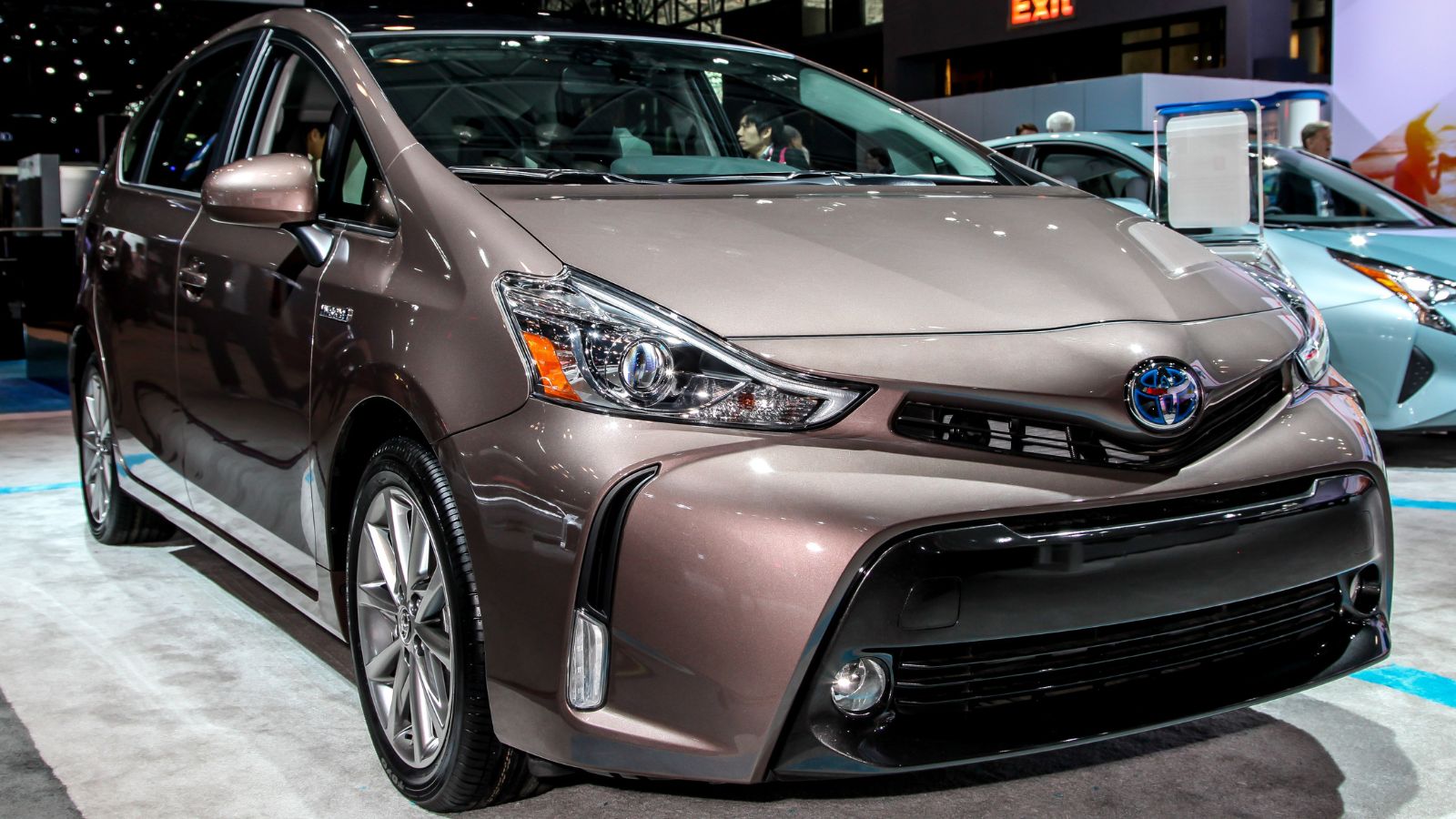
The Toyota Prius V took the eco-friendly hybrid technology of the Prius and stretched it into a wagon, offering more space for families. Unlike its sibling, the Prius V boasts a longer wheelbase and expanded cargo space, offering 34.3 cubic feet of storage behind the second-row seats. Its design features a low center of gravity for improved stability and an aerodynamic shape to enhance fuel efficiency, achieving an EPA-rated 40 mpg combined. The Prius V’s hybrid powertrain combines a 1.8-liter four-cylinder engine with an electric motor, generating 134 horsepower.
14 Supercars Under $100K That Deliver Breathtaking Speed and Style
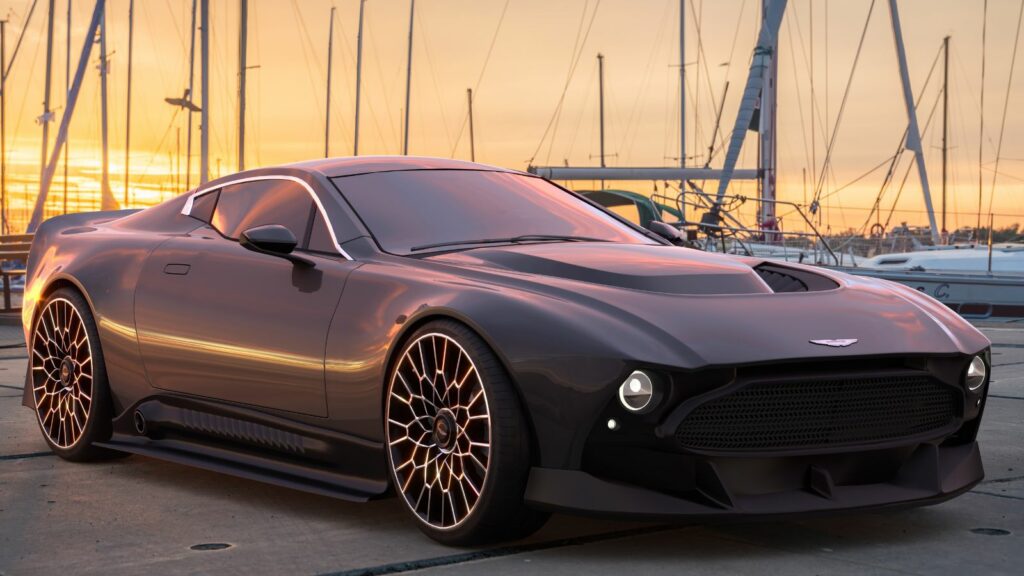
When you think of supercars, names like Ferrari, Lamborghini, and McLaren often come to mind, along with their staggering price tags. However, high-performance vehicles aren’t exclusively reserved for the super-rich. There exists a sweet spot where speed, style, and (relatively) sensible pricing converge, offering thrilling rides without completely obliterating your bank account. Hop in as we explore 14 underrated supercars under $100K.
14 Supercars Under $100K That Deliver Breathtaking Speed and Style
